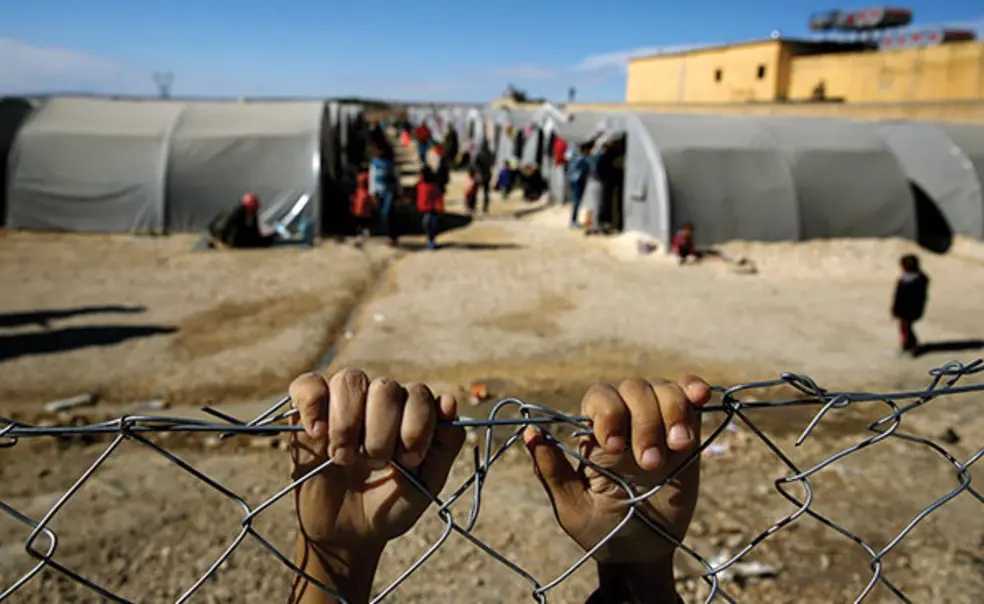Troubling Images
Photojournalists reflect on careers ‘based on other people’s tragedies’
Images of war and tragedy can break the heart or shock the conscience, but they also raise difficult ethical and professional questions. Those questions were the focus of this year’s Belknap Global Conversation, a two-day discussion and workshop sponsored by the Humanities Council and the Program in Journalism.
The conference, titled “Humanitarian Photojournalism: A History of the Present,” brought photographers, historians, academics, and critics to campus. But in an opening panel discussion, moderated by Katherine Bussard, the curator of photography at the Princeton University Art Museum, it became apparent that many photojournalists struggle with aspects of their work, including what to call it.
“My career is based on other people’s tragedies,” observed Peter van Agtmael, who has covered the war against terror in Afghanistan and Iraq. “You can’t get away from that, so there’s a lot of responsibility there, which means that you have to be constantly susceptible to criticism and constantly self-criticizing.”
“We’re documentary photographers because we want to change something in the world, and we can’t just sit there and watch somebody die if we’re in a position to help.”
— Sim Chi Yin, a China-based photographer
Too often, photojournalists can only show the aftermath of a crisis and not the action unfolding before it, which limits their ability to intervene, added Susan Meiselas, who, among other projects, has photographed refugees and victims of death squads and political violence in Latin America during a 30-year career. Meiselas is currently the visiting Belknap Fellow in the Humanities Council and the Department of English.
Sim Chi Yin, from Singapore but based in China, discussed her decision to intervene while working on a documentary series she was shooting on the health problems of Chinese gold miners. One night she received a call from the wife of a miner she was photographing, saying that her husband needed to go to the hospital immediately and pleading for assistance.
“I could have said, no, I’m not supposed to,” Sim recalled. “I’m a journalist, it’s Objectivity 101: You don’t intervene and change the scene. But I couldn’t do that. We’re documentary photographers because we want to change something in the world, and we can’t just sit there and watch somebody die if we’re in a position to help.” Sim arranged for the man to go to the hospital and raised money for an operation that extended his life by two years.
Working for the mainstream press carries obligations photographers are not always willing to meet. Sometimes the press shies away from intensely violent images, the panelists noted, while at other times it prefers to sensationalize an issue. Working for mainstream media outlets enables him to go places he could not otherwise go, van Agtmael said, but he and the organization paying him often have different ideas about what to shoot and what story to tell.
While photojournalists seek to capture an image “as intensely and emotionally as possible,” he said, “the language of the press is fundamentally different.” For these reasons, the three prefer not to call themselves “photojournalists” but rather “documentary photographers” or just “photographers.”
All agreed, however, on the power images convey — and the responsibility that accompanies that power. “When you’re a photographer you have to make the choice of where to stand and when to click the button,” van Agtmael explained. “And that excludes everything to your right, to your left, and behind you. When you’re making that choice, you’re excluding many others.”












No responses yet